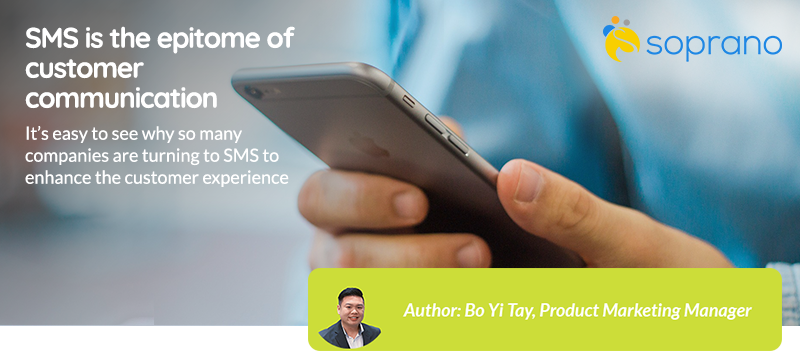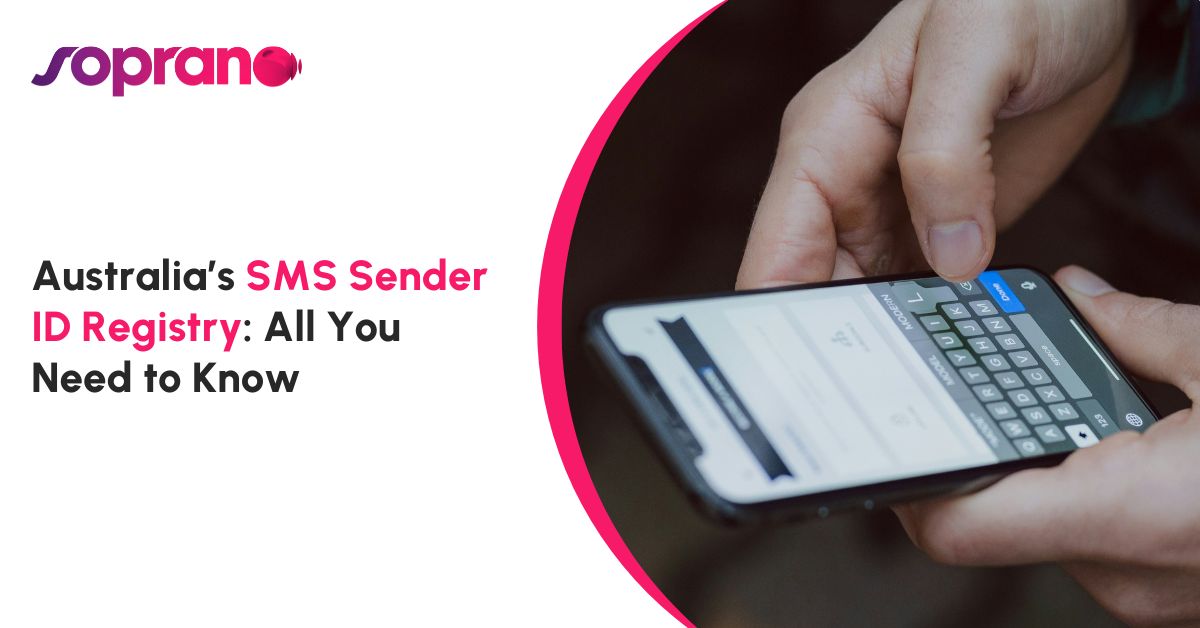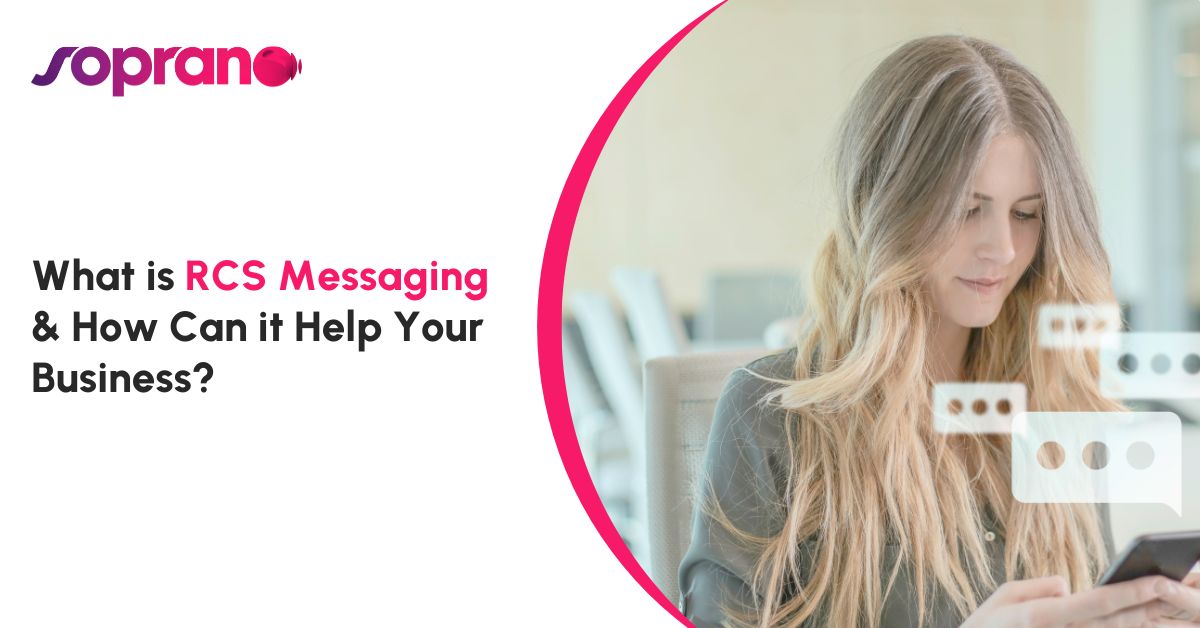
Text messaging has been around for the last 25 years and remains the only mobile channel that is handset and carrier-agnostic. You don’t need to download an app to receive messages, nor worry about iOS or Android compatibility. You also don’t have to worry which carrier the recipient is with.
Most importantly, the cost of sending a message is low and receiving one is free in almost all parts of the world.
With these points in mind, it’s easy to see why many companies are turning to text messaging to enhance their customer experience. In fact, many reports have shown that as high as 98% of text messages received by consumers are read by the end of the day.
SMS use cases and metrics
Text messages are often used in customer-to-business interactions – for instance, when a customer replies to a business with a keyword to indicate their response. A great example would be to activate new credit cards when they arrive, send the keyword ‘ACTIVATE <Last 4 Digits of Card>’ to 72345.
The metrics used to measure the effectiveness of text communications are fairly simple:
- Open rate – what percentage of these messages are received and opened.
- Read rate – what percentage of these messages are read.
- ROI – how many people responded to the call to action of the message.
- Cost aversion – how much money was saved by using text instead of doing nothing (for example, the cost of missed appointments in the healthcare industry)
When marketers like myself analyse campaign results using these metrics, we resonate with a report by Salesforce in 2018, showing organisations have seen a 197% growth in SMS messaging between 2015 and 2017. Using text messaging as a mode of communication with your target audience has repeatedly proven itself, and improvements made by SMS Platform players in the last decade have greatly simplified messaging workflows associated with triggering high volume, personalised messages.
Overcoming the challenges of SMS
Some common barriers to engagement when communicating with a customer are:
- Customers seeing the message too late.
- Recipients receives too many generic messages and ignores all of them as spam due to a lack of personalisation.
- Users required to download an app to reply.
Businesses can also face challenges communicating clear and thorough messages via text. Character limitations are a big one: with only 160 characters allowed in an SMS, there’s not a lot of opportunity for rich messages. Texts sent using “grey” or unauthorised routes might also not be delivered by the end user’s Mobile Network Operator (MNO), as they are flagged as suspicious.
To combat some these challenges, companies should consider:
- Using only a trusted provider to send out messages are sent out to ensure compliance and branding.
- Clearly establishing that recipients have given consent before sending them messages.
- Using personalised messages that are relevant to the receiver
- Use shortened links in SMS to redirect users to your site, and continue the rich engagements online
Companies also need a robust provider with the know-how and technology capabilities to integrate well with their existing CRM or ERP systems. Without this, you cannot automate nor harness the synergies of both systems together.
How Soprano Design is revolutionizing text messaging for business
At Soprano Design, we provide a cloud-based messaging portal that is offered through a web portal, with simplified UX or API integration capabilities. We make it simple to use it on its own, especially for teams that prefer an ad-hoc platform to just fire up and run with (zero downtime), while also supporting complex system integrations through API calls.
Our strategic partnerships with MNOs worldwide also provide peace of mind, knowing the critical business messages are routed through reliable channels. Last but not least, we incorporate security by design, ensuring highest compliance with regulatory bodies and organisations around the world.
Finally, I’d like to leave you with this: According to Zipwhip State of Texting Report in 2019, 67% of respondents “would rather text with a business about appointments and scheduling than by email or phone.” Having a non-intrusive communication channel like the humble SMS is likely to stay, and you should consider investing in a Communications Platform as a Service like Soprano Connect if your business hasn’t already done so.
Are you interested in learning about the future of business communication? Check out our blog for more information.


